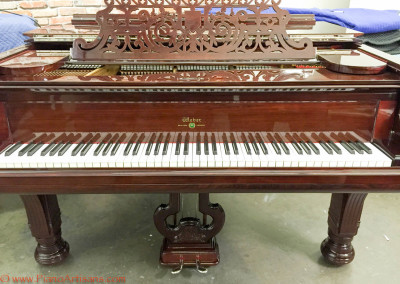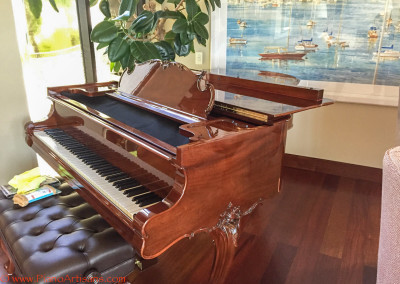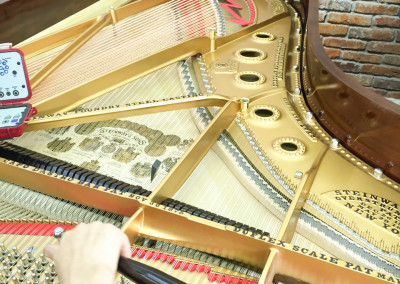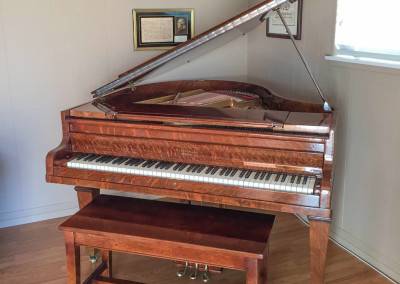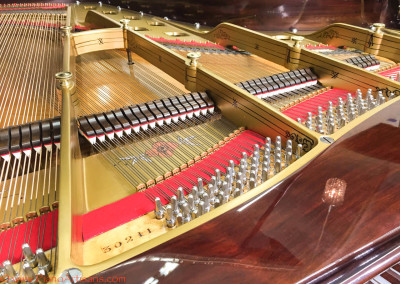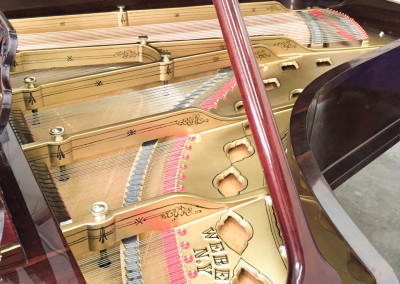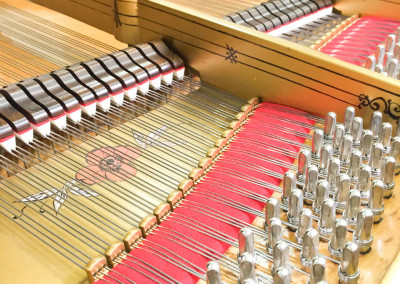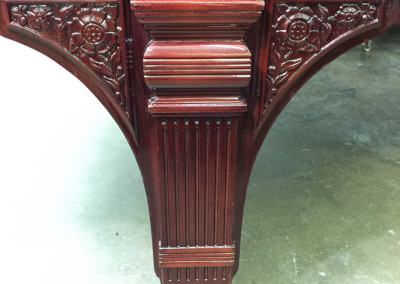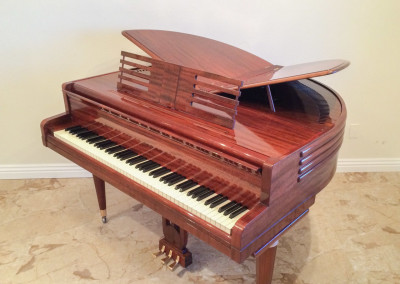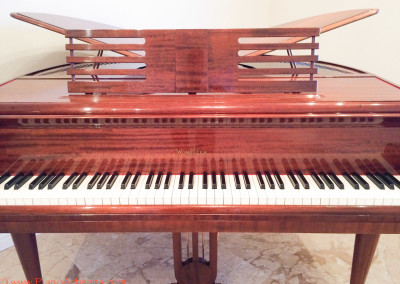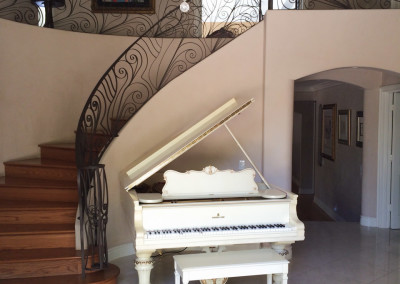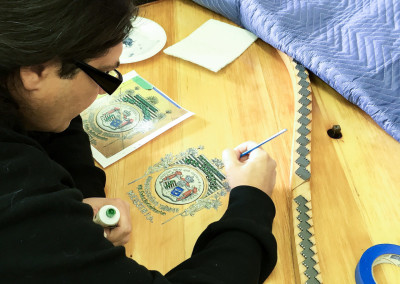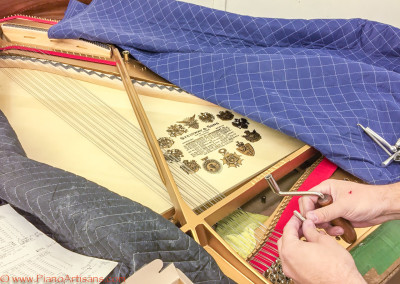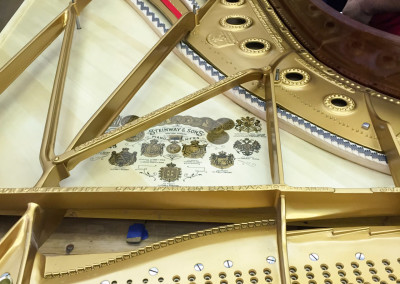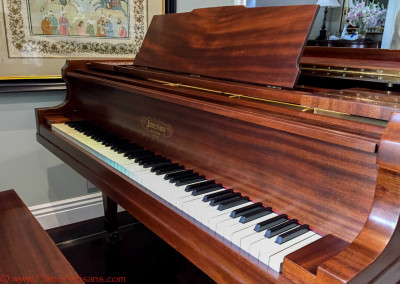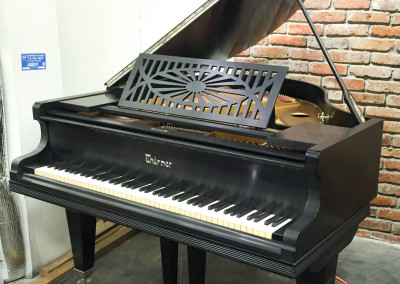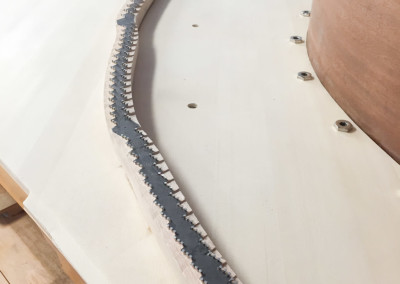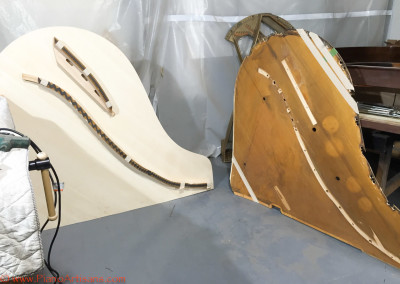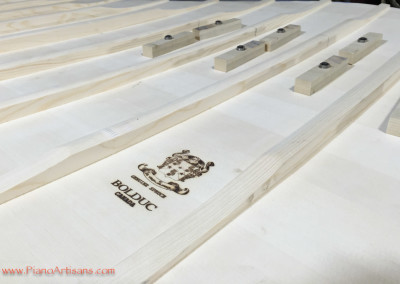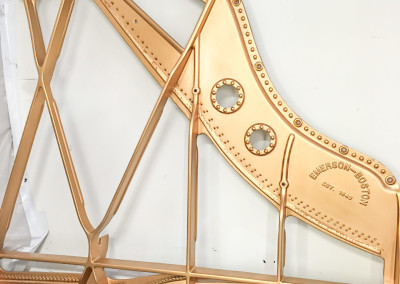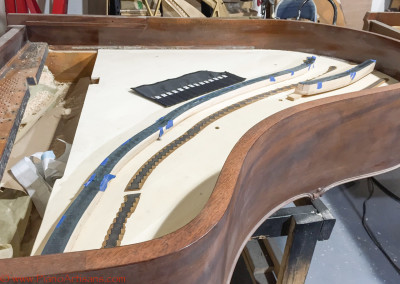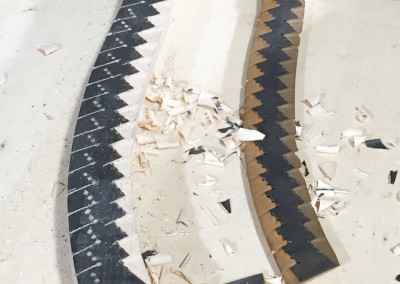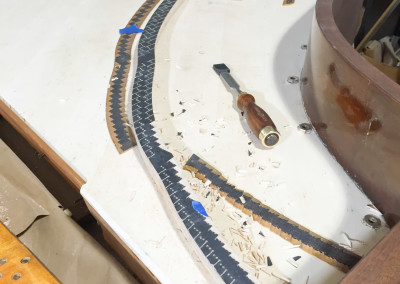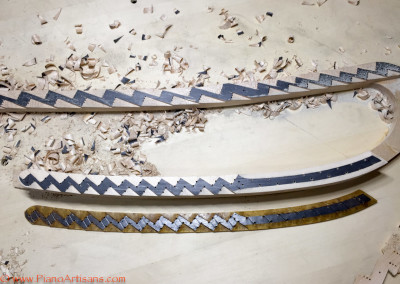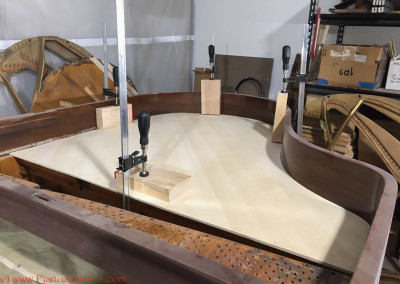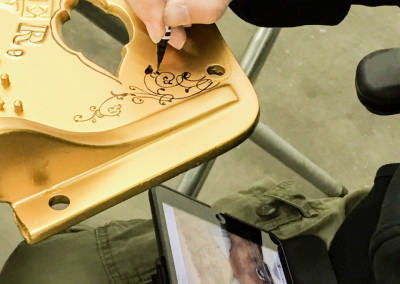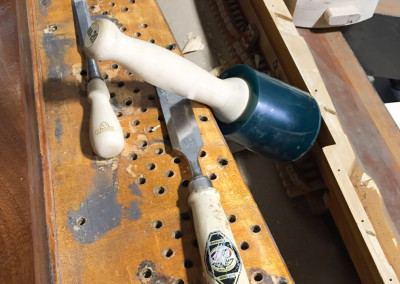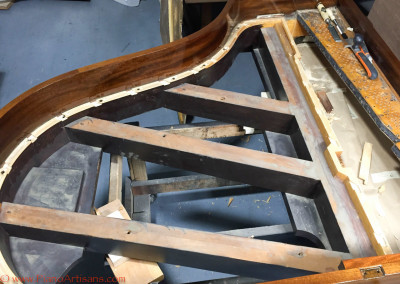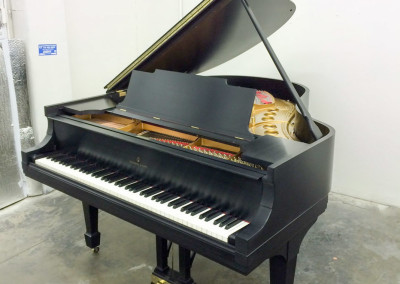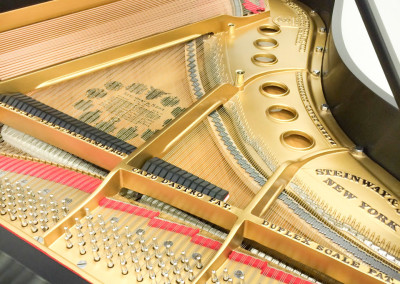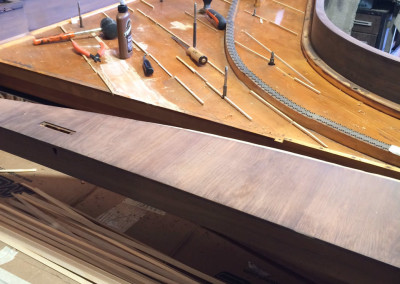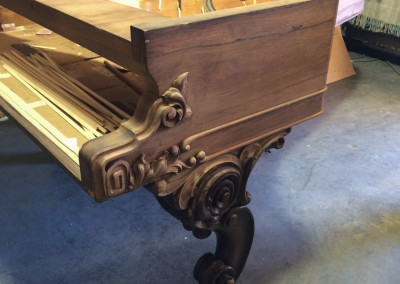“We are purveyors of the finest pianos and old fashioned techniques”
History of the 88 Note Piano
Title: A Harmonious Evolution: The History of the 88-Note Piano
Introduction:
The piano, an instrument beloved for its versatility and expressive capabilities, has undergone a fascinating evolution throughout history. One notable milestone in its development was the establishment of the 88-note piano, which has become the standard for modern pianos. Delving into the origins and progression of this iconic instrument reveals a tale of innovation, craftsmanship, and the pursuit of musical perfection.
- The Genesis of the Keyboard:
The story of the 88-note piano begins with the keyboard itself. Keyed instruments have a rich history dating back centuries, with the first known examples appearing in ancient civilizations such as Egypt and China. Early keyboards featured fewer keys and varied in design, but the concept of a keyboard-based instrument took root and eventually led to the birth of the piano.
- The Birth of the Piano:
The piano, as we know it today, emerged in the early 18th century. Bartolomeo Cristofori, an Italian harpsichord maker, is credited with inventing the first piano around 1700. Cristofori’s innovative design incorporated a hammer mechanism that struck the strings, allowing for dynamic expression and control. Early pianos featured a range of keyboard sizes, with 60 to 70 keys being the norm.
- The Transition to 88 Keys:
The evolution of the piano towards the 88-note standard can be attributed to the demand for greater tonal range and versatility. As composers and performers sought to explore new musical territories, a broader palette of notes became necessary. Gradually, piano manufacturers began expanding the keyboard range, adding keys at both ends of the spectrum.
- Development and Standardization:
In the late 19th century, the 88-note piano gained significant traction. The increased range facilitated the performance of complex compositions, allowing musicians to play a wider variety of musical styles with precision. Piano makers such as Steinway & Sons, Bosendorfer, and Bechstein contributed to the development and popularization of the 88-note instrument, refining its design and enhancing its tonal capabilities.
- Influence on Composition and Performance:
The advent of the 88-note piano had a profound impact on music composition and performance. Composers embraced the expanded range, creating compositions that explored the extremes of the keyboard. From the thunderous low octaves to the ethereal high notes, the full range of the piano opened up new artistic possibilities. Performers, too, embraced the 88 keys, mastering the technical demands of the extended range and pushing the boundaries of their own musical expression.
- Modern-Day Significance:
Today, the 88-note piano is the standard in virtually all acoustic and digital pianos. It has become the instrument of choice for pianists, educators, and enthusiasts worldwide. The consistency in keyboard layout allows for seamless transition between different pianos, ensuring that musicians can perform on any instrument with ease.
Conclusion:
The evolution of the piano’s keyboard from its early beginnings to the establishment of the 88-note standard is a testament to human creativity and the pursuit of artistic excellence. The expanded range of the 88-note piano has revolutionized music composition and performance, enabling musicians to explore the full potential of the instrument. As the 88-note piano continues to inspire new generations of pianists, its history serves as a reminder of the timeless allure and enduring relevance of this remarkable instrument.

